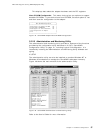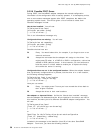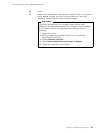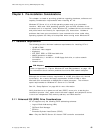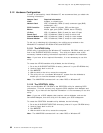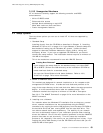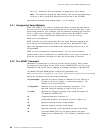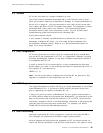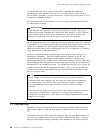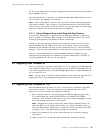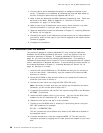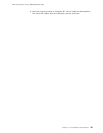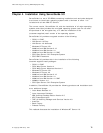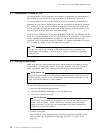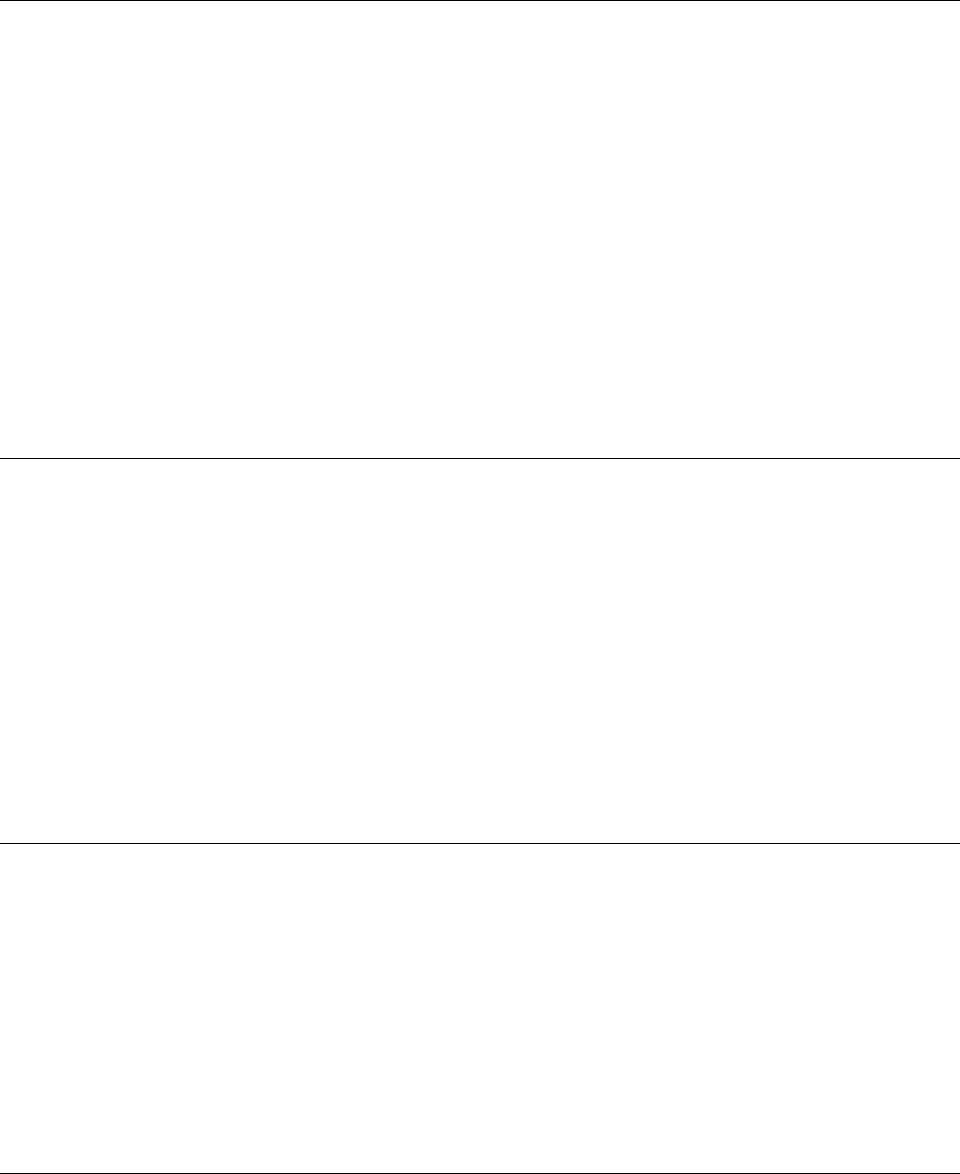
This soft copy for use by IBM employees only.
3.3 Viruses
NT 4.0 will not install on a system infected by a virus.
One of the common problems associated with a virus infection rears it head
while you are busy installing, as described in Chapter 5, “Installing Windows NT
Server 4.0” on page 81. You may encounter an error stop (a blue screen with
error codes) right after the FAT file system has loaded. This symptom is usually
associated with a boot sector virus infection. The troubleshooting guide
documents several other errors caused by viruses. You can find the latest
troubleshooting guide from Microsoft at the following URL:
http://www.microsoft.com/kb
If your system is infected, use IBM AntiVirus to remove the virus prior to
attempting a Windows NT setup. You can create AntiVirus diskettes from
ServerGuide′s Diskette Factory. Refer to 4.3, “ServerGuide Main Menu” on
page 73 for more information.
3.4 Disk Compression
NT 4.0 will not access any drives if they are compressed by any method other
than the NTFS file compression in NT 3.51. All compression methods, including
Microsoft DoubleSpace, Stacker, or any other hardware compression method is
not compatible with NT 4.0.
In order to allow NT 4.0 to access data on a drive compressed with Microsoft
double space, you could run the following command to uncompress the drive. In
this example, C: is the boot drive.
COMPACT C:\ /U
Note: You will not be able to compress the root of the NT 4.0 boot drive. Any
upgrade or installation to the compressed root will fail.
3.5 HPFS Support
The high-performance file system (HPFS) is no longer addressable or convertible
under Windows NT 4.0. If you have an HPFS volume, conversion must occur
prior to upgrading your system to Windows NT 4.0.
If there is no previous version of Windows NT on your system, and the data on
an HPFS partition needs to be accessed from Windows NT, you must back up the
data on the partition and reformat the partition to FAT or NTFS. Some partition
information created for HPFS or the Boot Manager installation of OS/2 should be
removed using the tools they were created with. For example, use OS/2′s
FDISK.EXE to remove the Boot Manager partition.
3.6 Disk Partitioning
Microsoft recommends NT 4.0 be installed on a partition of at least 300 MB in
size, although we recommend a 400 MB or larger system partition.
We also suggest the boot partition be formatted as FAT for servers that do not
require C2 secure classification, and NTFS for those that do. This space is used
Chapter 3. Pre-installation Considerations 65



